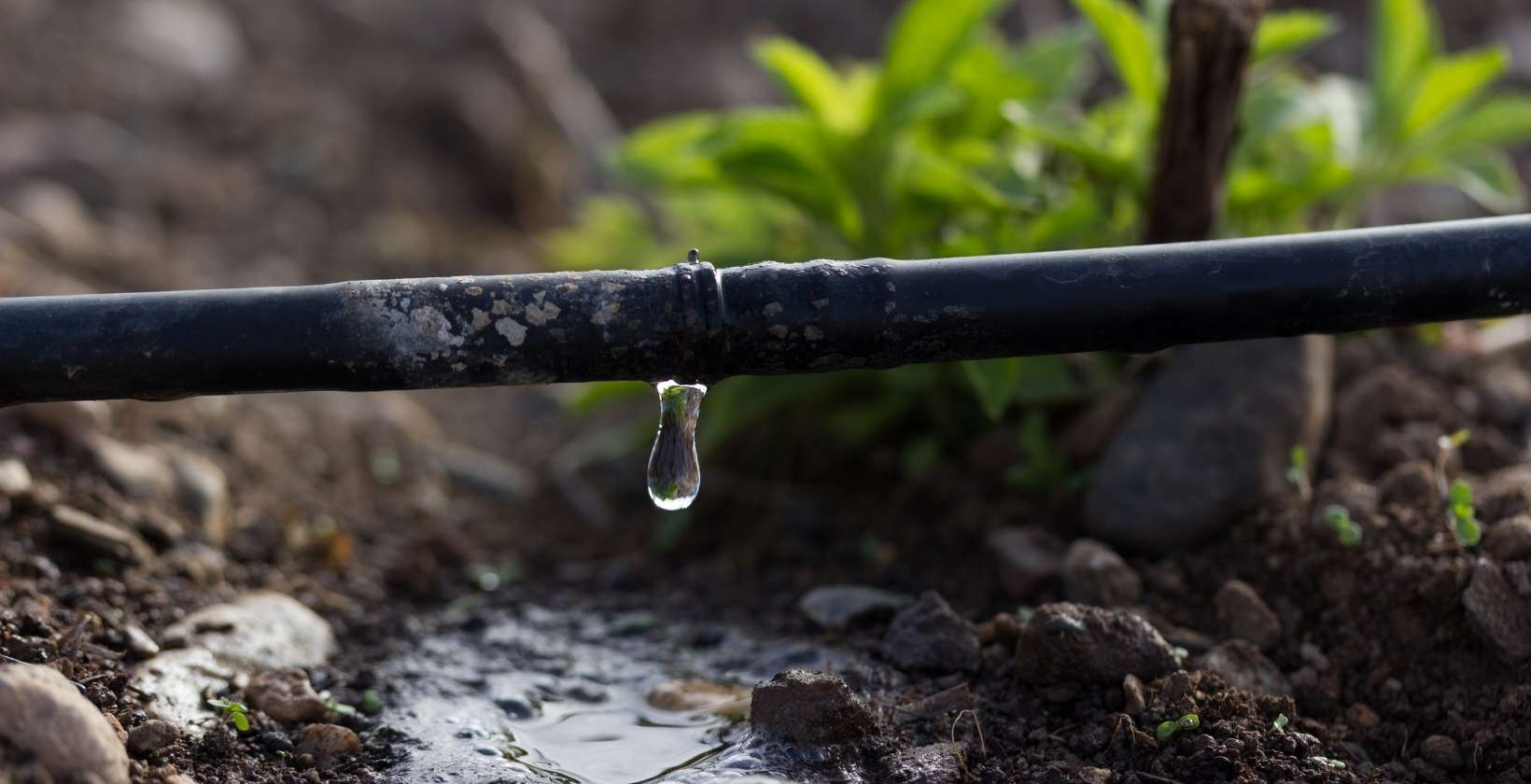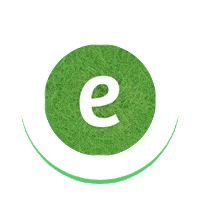
Irrigation System Techniques
Irrigation system techniques, including sprinkler irrigation, drip irrigation, subsurface irrigation and surface irrigation, are popular irrigation methods in yards. Irrigation is the artificial water supply to the soil through different systems of pumps, tubes, and sprays. It is often used in locations where rainfall is not frequent or drought is expected.
The various irrigation systems depend on how water is distributed throughout the field. The article below covers the common irrigation types with their benefits and applications suitable for varying land sizes.
1. Sprinkler Irrigation
In Sprinkler irrigation, water is supplied using guns or high-pressure overhead sprinklers from a central area in the field or from sprinklers on moving platforms. It is used to irrigate (water) agricultural crops, landscapes, lawns, golf courses, and other areas. Sprinkler irrigation is also used for cooling and for controlling airborne dust.
There are many benefits of sprinkler irrigation. It is suitable for varying sizes of land. It efficiently directs the water flow to particular areas of a field, avoiding water wastage. Uniform application of fertilizers and chemical treatments through the system is possible.
The use of common garden hoses together with spray nozzles may produce aerosols comprising droplets smaller than 10 μm, which can be inhaled by closeby people. Still water in a hose, especially when warmed by the sun, can initiate the growth and interference of free-living amoebae and Legionella.It is recommended to drain hoses after use to mitigate the risk. The usual cost for an irrigation system ranges from $1,759 to $3,350.
2. Drip Irrigation
Drip irrigation is the most efficient system of delivering water and nutrients to the growing grasses.. This system delivers sufficient quantity of water and nutrients directly to the roots of the plants and grasses in the yard for their good growth..
Drip irrigation is the most effective way to water plants today and prevents overwatering. It is time-saving as it can be fully automated with a timer and eliminates hours of hand-watering. It saves money, too, as it uses 30 to 50 % less water, and with proper planning, its components may last many years. Moreover, it reduces the evaporation of water droplets in the air and lessens diseases that can grow and spread on wet leaves.
Drip irrigation supplies dripping water onto the soil at very low rates of about 2-20 liters/hour from a system of small diameter plastic pipes fitted with outlets called drippers or emitters. The major issue with drip irrigation is the blockage of emitters. All emitters comprise very small waterways that can be blocked if the water is not clean and contains sediments. Average range of drip irrigation installation is $500 to $3,000.

3. Subsurface Irrigation
Subsurface irrigation uses buried drip tubes or drip tape to meet the water requirements in your yard. It is a low-pressure but high-efficiency system. This saves water and improves yields by preventing surface water evaporation and reducing the occurrence of diseases and weeds. In this system, water is applied directly to the crop’s root zone and not to the soil surface, where most weed seeds germinate after cultivation.
Subsurface irrigation is helpful as it provides a high degree of control over water application with uniform water application. Evaporation is reduced as the amount of water can be fine-tuned. Frequent irrigation provides favorable soil moisture content in the root zone. It’s suitable for windy and arid locations.
Suspended organic matter and clay particles can also damage the system. Moreover, heavy machinery can damage the laterals.The polyethylene tubes have fitted emitters that can vary from 4 to 24-inch spacing, working at low nominal pressure (7-14 psi), to trickle water into the soil at a consistent rate of (0.07-2.5 gph). Subsurface irrigation costs $1,000 to $4,000 per acre and is commonly used for farms.
4. Surface Irrigation
In Surface irrigation, water is applied and distributed over the soil surface by gravity. It is the most common method of irrigation used in agriculture. This system is used when conditions are favorable: soil type with medium to low infiltration rate, regular or mild slopes, and a regular supply of surface or groundwater.
The most significant benefits of using surface irrigation are -low initial cost, compatibility with all soil types, and easy system maintenance, Works well in flat topography with short-term water supplies and without outlet drainage facilities. It allows complete utilization of rainwater and high application efficiency and enables easy leaching of salts.
There are certain risks associated with surface irrigation as well. Waterlogging problems can cause the plant to cease the activity that delays further growth until sufficient water drains from the root zone. The total purchase price to install a surface irrigation system consisting of a pump, well, gearhead, power unit and center pivot is $75,000. This means approximately $8,577 of fixed costs per annum to cover 130 acres.

What is an Irrigation System?
Irrigation is the process of supplying water to crops artificially to fulfill their water needs. Nutrients can also be supplied to the crops with the help of irrigation. Several water sources for irrigation are ponds, lakes, wells, canals, tube wells and even dams.
The irrigation system comprises a main pumping station, a distribution system, a conveyance system, a field application system, and a drainage system. Before installing any irrigation system, you should know the costs involved and how to install irrigation system.
What are the benefits of Irrigation System?
The automatic irrigation settings provide multiple benefits to reduce your water consumption and also conserve resources while reducing your costs.
- Saves water and time: The system stops water when the irrigation process is completely automatic. This enables less water usage and lowers the costs as less water will be used.
- Reduces weed growth:By installing an irrigation system specifically designed for your landscape, the areas that require water will receive it, thus reducing your future weed growth.
- Improves plant growth: Plants grow faster and greener when watered with smaller quantities over a longer period. Therefore, installing an irrigation system will improve your plant growth notably.
- Preserves soil nutrients: Using a hose can lead to soil compaction, resulting in plant suffocation or root disease. Using an irrigation system will maintain your soil structure and let your plants absorb nutrients, not the runoff water.
What is the most efficient technique of irrigation?
Drip irrigation is one of the most efficient techniques of irrigation systems. The efficiency of applied and lost water, also meeting the crop water requirement, ranges from 80 to 90%. It is the most efficient irrigation system for watering large farmland areas, reducing water and fertilizer loss.
These are some of the most efficient and suitable irrigation systems for yard of varying land sizes. You can contact Eden today to hire professionals to install the best suitable irrigation system for your lawn or landscape. Eden provides quality design, irrigation system installation, and maintenance services to ensure your landscape is lush and healthy.
From selecting the right seasonal plants to installing an outdoor kitchen, our landscaping services can do it all for you. Contact us today for a stunning landscape!

